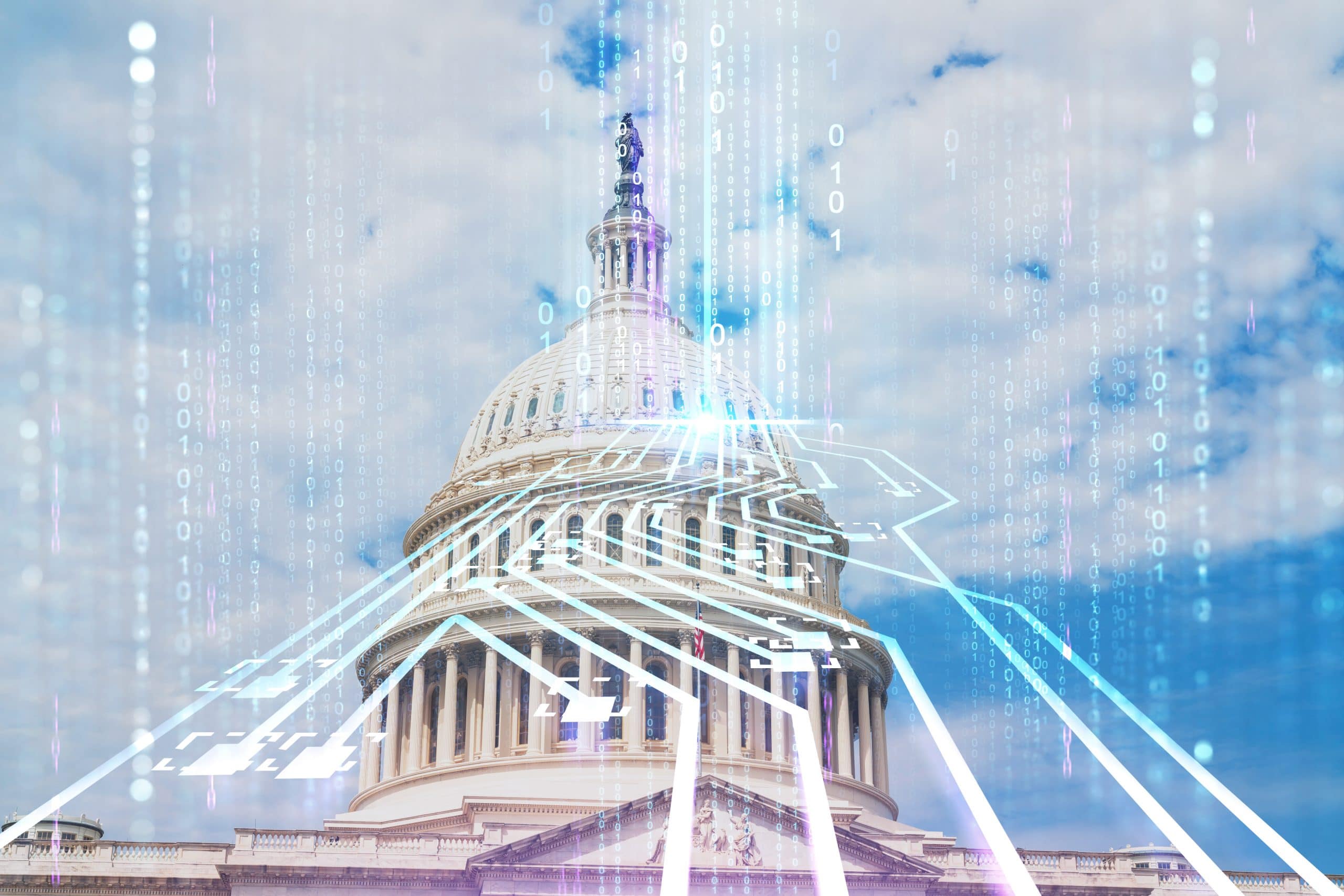States in the US are often engaged in a type of competition with each other, where better policies improve economic standing and from this competition, all ships rise nationwide. But with the Trump Administration’s tariffs, a top-down federal tax on all imports, all ships will sink no matter what states do to stop it.
What Tariffs Mean for a State like Utah
The GDP of Utah alone is over $300 billion, the 4th highest in the US. The reason for Utah’s economic leadership among the states is because Utah passes policies that encourage economic growth. Instead of taking its pound of flesh from each company to pass through its borders, Utah cuts red tape and invests in worker training programs.
Last year alone, imports into Utah totalled $19.1 Billion in machinery, electronics, automotive products, and more flowing into the state from 151 countries. Utah companies turned those imports into products and services, resulting in gains to Utah’s GDP.
Yet, now that the head of the federal government has chosen to impose tariffs -– effectively putting up walls on the country’s trade relationships — none of Utah’s forward-looking policies will be able to stop the negative economic impact that will be felt by Utahns. Moreover, these new tariffs put Utah’s deals with companies like Northrop Grumman and Texas Instruments at risk of reversal. That means jeopardizing over 430,000 jobs supported by international trade in the state, or 23.3% of Utah’s total workforce.
The Economic Case Against Tariffs
According to a recent poll of registered voters conducted by Overton Insights, the majority of the country does not want this trade war. So why has the federal executive chosen to subvert the economy? Officially, the Administration has claimed these tariffs are about bringing jobs back to the United States. But when this plan is played out, there’s very little reason to believe we need, or could even find enough people to fill those jobs in the first place.
The unemployment rate today is 4.2%, and the recent jobs report showed an increase of 228,000 jobs created in March. Setting economics aside, who are we going to find to fill this supposed influx of manufacturing jobs? Either the population will need to increase overnight, migration will need to increase, or we’ll simply have to force office workers out of corporate America and thrust them into manufacturing plants.
From an economic lens, our unemployment rate is so low that it actually drove inflation higher only a few months ago. That means that in addition to there being little justification for new jobs in manufacturing, we actually don’t need very many new jobs at all.
Even if the country fully bought-in — dragged office workers out from behind their desks and thrust them into the manufacturing plants and assembly lines of the industrial-era — our higher wages would all but ensure that no one abroad could afford our exports anyway. Not even Americans, with our newly found sense of inflationary shock, would be able to afford American products either.
Our “Period of Adjustment” will be Nothing More than a Hard Lesson Learned
None of this even scratches the surface of what retaliatory tariffs from other countries will do to our economy. The economics of this are straightforward: tariffs = recession. There is no world in which lowering interest rates could ever solve that problem.
Our economy thrives when we can trade with other countries because on the whole, our wealth increases as a nation. The same applies when states implement policies that streamline that flow of commerce. But this impending move toward trading only among ourselves will stall our GDP along with any progress we’ve made toward creating an abundance of safer careers for the average worker.
In the grand scheme, tariffs are just another way the federal government has found to chase away companies and eliminate better jobs carefully courted by the states.








